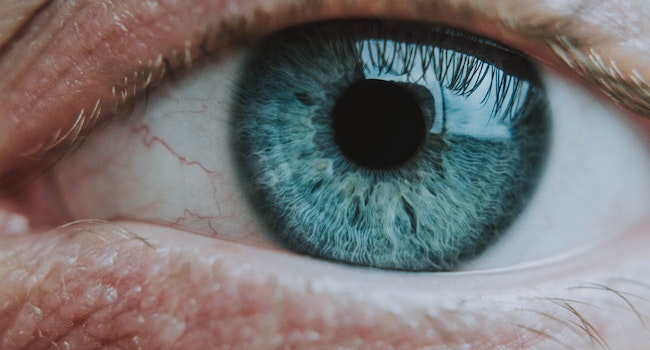
Ocular hypertension is a condition where the pressure inside the eye is higher than usual, but there is no detectable damage to the optic nerve or loss of vision. It is sometimes considered a precursor to glaucoma because the increased pressure is a significant risk factor for developing the condition. Ocular hypertension can be detected through a routine eye exam and is usually treated with eye drops to lower the pressure and prevent damage to the optic nerve.
Glaucoma is a group of eye conditions that damage the optic nerve, which connects the eye to the brain. This damage can result in vision loss or blindness. Glaucoma is often caused by increased pressure in the eye, but it can also occur when the optic nerve is damaged for other reasons. It is a progressive disease that usually develops slowly over many years, and if left untreated, it can lead to irreversible vision loss.
Not everyone with ocular hypertension will develop glaucoma. The risk of developing these conditions increases with age. Older age is one of the most significant risk factors for glaucoma. As we age, the drainage channels in the eye may become less effective in removing fluid, leading to a buildup of pressure inside the eye. The optic nerve may also become more susceptible to damage as we age.
Older adults need regular eye exams to check for signs of glaucoma or ocular hypertension, even without symptoms. Early detection and treatment of these conditions can help prevent vision loss and improve the quality of life in older adults. Eye doctors may also recommend lifestyle changes, such as exercise and a healthy diet, to help lower the risk of developing glaucoma and other eye conditions.
